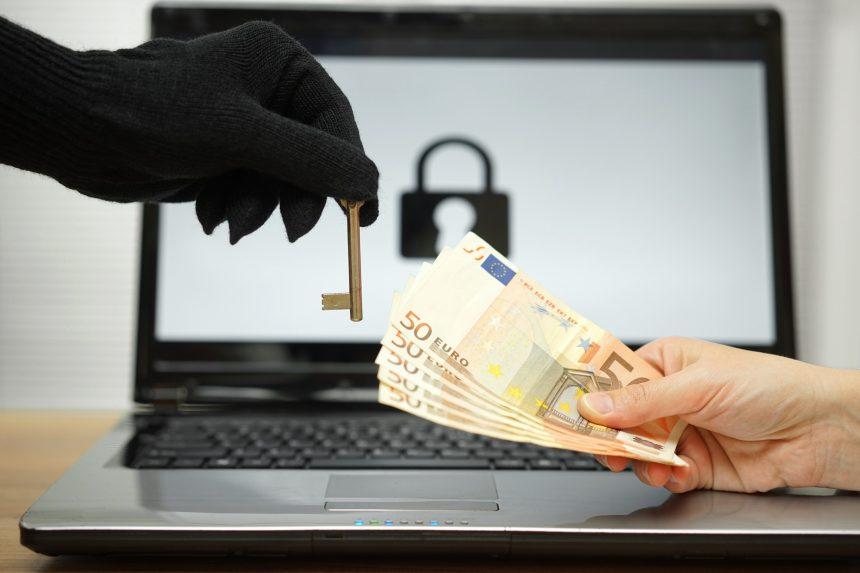Ransomware remains a pervasive menace, wreaking havoc on individuals and organizations alike. Among the myriad variants circulating the digital realm, one particularly notorious strain dubbed Malware Mage has emerged as a significant concern for users worldwide. This article delves into the intricacies of Malware Mage ransomware, shedding light on its modus operandi, detection methods, removal techniques, and preventive measures.
Understanding Malware Mage Ransomware
Malware Mage ransomware, like its nefarious counterparts, operates on the principle of encrypting files on the victim’s system and demanding a ransom in exchange for decryption. Once infiltrated, it swiftly encrypts crucial files, rendering them inaccessible to the user. Commonly targeted files include documents, images, videos, and databases, among others. Upon completion of the encryption process, Malware Mage typically leaves behind ransom notes, instructing victims on how to pay the demanded sum to obtain the decryption key.
The repercussions of a Malware Mage infection can be severe, causing significant disruptions to both personal and professional endeavors. Loss of sensitive data, financial implications, and tarnished reputation are just a few of the potential consequences faced by victims. Moreover, succumbing to the demands of cybercriminals by paying the ransom does not guarantee file recovery and may further embolden malicious actors to continue their illicit activities.
The ransom note created by the Malware Mage Ransomware is:
‘Malware Mage
YOUR FILES HAVE BEEN ENCRYPTED!
The important files on your computer have been encrypted with military grade AES-256 bit encryption.
Your documents, videos, images and other forms of data are now inaccessible, and cannot be unlocked without the decryption key. This key is currently being stored on a remote server.
To acquire this key, transfer the Bitcoin Fee to the specified wallet address before the time runs out.
If you fail to take action within this time window, the decryption key will be destroyed and access to your files will be permanently lost.
WALLET ADDRESS: 12mdKVNfAhLbRDLtRWQFhQgydgU6bUMjay
BITCOIN FEE: 0.08134′
Detection and Similar Threats
Detecting Malware Mage ransomware requires a multifaceted approach, leveraging both proactive measures and specialized tools. Common detection names associated with this threat include:
- Malware.Mage.Encrypt
- Ransom.Mage.Lock
- Trojan.Ransom.Mage
Additionally, it’s essential to remain vigilant against similar ransomware strains such as WannaCry, GandCrab, and Ryuk, which share comparable functionalities and deployment tactics.
Removal Guide
Removing Malware Mage ransomware demands thoroughness and precision to ensure complete eradication from the infected system. Follow these steps meticulously:
- Enter Safe Mode: Restart your computer and press F8 repeatedly during the boot process to access Safe Mode.
- Identify Malicious Processes: Open Task Manager (Ctrl + Shift + Esc) and terminate any suspicious processes associated with Malware Mage.
- Delete Temporary Files: Press Windows + R, type “%temp%”, and delete all files in the Temp folder.
- Uninstall Suspicious Programs: Navigate to Control Panel > Programs > Uninstall a Program, and uninstall any recently installed suspicious software.
- Scan with Windows Defender: Run a full system scan using Windows Defender or any reputable antivirus software installed on your system.
- Restore from Backup: If available, restore encrypted files from a secure backup source unaffected by the ransomware.
- Update Security Software: Ensure your antivirus and antimalware programs are up to date to safeguard against future threats.
Preventive Measures
Preventing future infections requires a proactive approach and adherence to cybersecurity best practices:
- Keep your operating system and software updated with the latest security patches.
- Exercise caution when downloading email attachments or clicking on suspicious links.
- Regularly back up your data to an external storage device or cloud service.
- Implement robust security solutions, including firewalls, antimalware software, and intrusion detection systems.
By staying informed and implementing preventive measures, users can fortify their defenses against Malware Mage ransomware and other cyber threats, safeguarding their digital assets and maintaining peace of mind.





